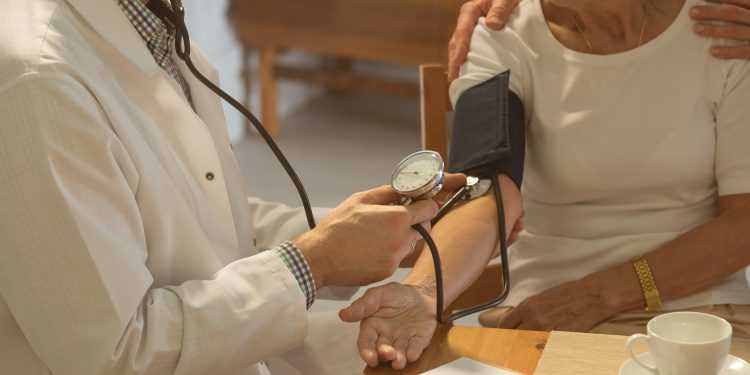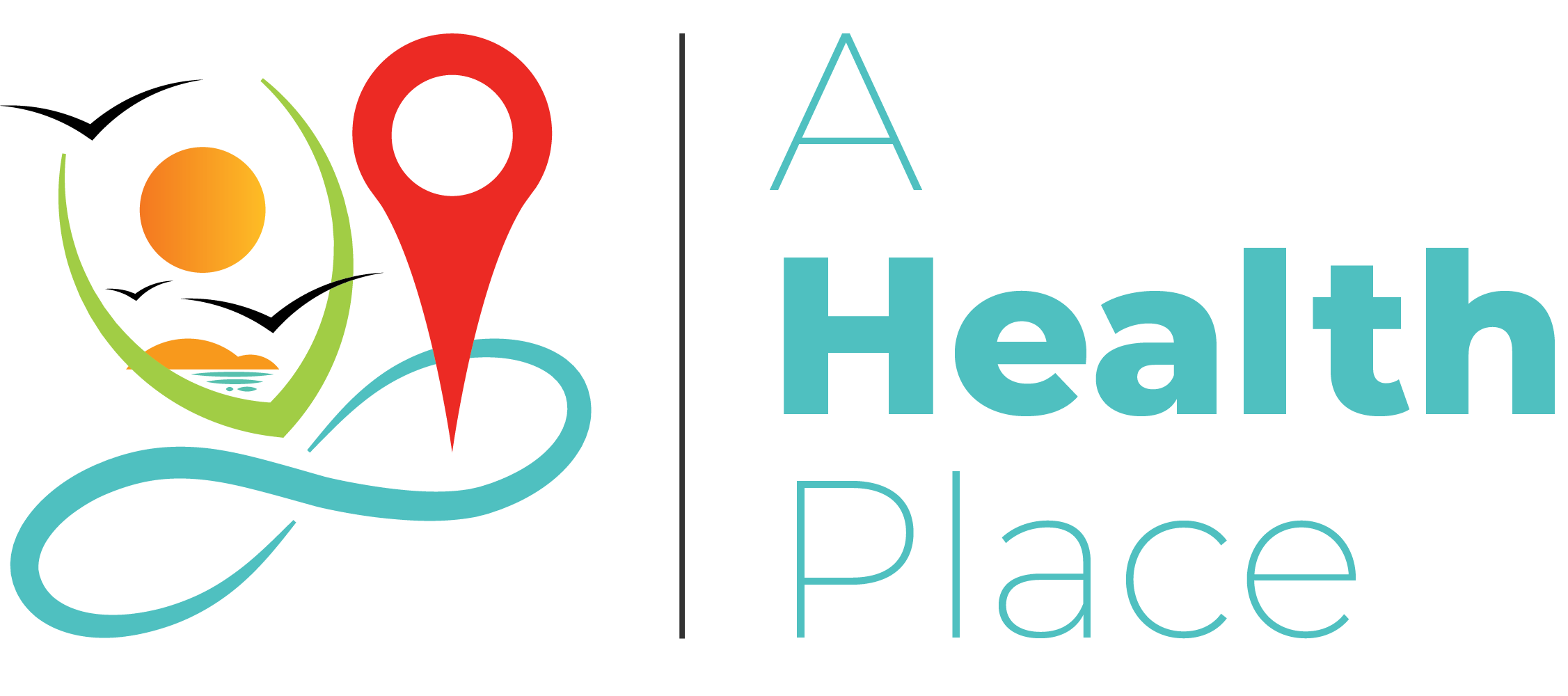Heart and Hypertension: The heart is an organ that is located between the two lungs in the chest and its size is equivalent to the size of the fist. It is closer to the left side of the body. The heart is responsible for providing oxygen and nutrients to the body’s cells. It is also responsible for removing waste products such as carbon dioxide. The heart has four chambers: the right atrium, right ventricle, left atrium and left ventricle. The right atrium receives deoxygenated blood (oxygen-poor blood) from the body through the vena cava. The right ventricle pumps the deoxygenated blood to the lungs for oxygenation by the pulmonary artery. The left atrium receives oxygenated blood (oxygen-rich blood) from the lungs through the pulmonary vein. The left ventricle pumps blood to the body through the aorta.
Histology of the Heart
The heart has three layers which are:
- The Endocardium: It is the innermost layer of the heart, and it is composed of simple squamous epithelium, connective tissue, and sub-endocardium.
- The Myocardium: This is the heart’s thickest layer. The thickest in the left ventricle is because it must pump hard to overcome the high pressure of systematic circulation. It consists of cardiac muscle cells which are called myocytes.
- The Epicardium: This is the outermost layer of the heart. It is composed of connective tissues with nerves, adipocytes, and another layer of mesothelium.
Hypertension
This is a condition in which the force of the blood against the artery walls is too high. Usually, hypertension is defined as blood pressure above 140/90mmHg and is considered severe if the pressure is above 180/120mmHg. It can lead to a variety of health problems, including heart disease, stroke, and kidney failure. The exact cause of hypertension is not always known, but factors such as genetics, obesity, and a high-salt diet can contribute to its development.
Types of Hypertension
- Diastolic Hypertension: Diastolic hypertension is also known as isolated diastolic hypertension. It is a type of tension in which the diastolic blood pressure (the bottom number in a blood pressure reading) is elevated. But the systolic blood pressure (the top number) is normal in this type of hypertension. Diastolic hypertension is considered a form of tension that is less common than systolic hypertension, which is characterized by elevated systolic blood pressure and normal diastolic pressure.
Symptoms of Diastolic Hypertension
- Severe headache
- Anxiety
- Sweating
- Fatigue
- Irregular heartbeat
Treatment & Medications of Diastolic Hypertension
The treatment of diastolic hypertension typically involves lifestyle changes and medications.
Lifestyle changes: Lifestyle changes that can help lower diastolic blood pressure include:
- Maintaining a healthy weight through diet and exercise
- Following a healthy diet that is low in salt, saturated fat and cholesterol
- Reducing stress through relaxation techniques or therapy
- Quitting smoking and limiting alcohol consumption
- Regular physical activity
Medications: Medications that are commonly used to treat diastolic hypertension include:
- Diuretics: These medications help the body get rid of excess salt and water, which can help lower blood pressure.
- Calcium Channel Blockers: These medications help to relax and widen blood vessels, making it easier for blood to flow through them.
- ACE (Angiotensin Converting Enzyme) Inhibitors: These medications help to relax blood vessels and lower blood pressure.
- Angiotensin Receptor Blockers (ARBs): These medications help to relax blood vessels and lower blood pressure
- Beta-blockers: These medications help to slow the heart rate, which can help lower blood pressure.
- Systolic Hypertension: Systolic hypertension is a type of hypertension in which the systolic blood pressure (the top number in a blood pressure reading) is elevated while the diastolic blood pressure (the bottom number) is normal. It is a common condition and is more prevalent in older adults. The causes of systolic hypertension can be both lifestyle-related and medical.
Symptoms of Systolic Hypertension
Systolic hypertension typically does not have any noticeable symptoms. It is often referred to as a “silent killer” because it can cause significant damage to the body without any obvious signs or symptoms. However, in some cases, people with systolic hypertension may experience symptoms such as:
- Headaches
- Dizziness or lightheadedness
- Blurred vision
- Nosebleeds
- Chest pain
- Difficulty breathing
- Palpitations
Treatment & Medications of Systolic Hypertension
Treatment of systolic hypertension typically involves lifestyle changes and medication.
Lifestyle Changes:
- Dietary changes, such as reducing salt intake and increasing potassium intake, can help lower blood pressure.
- Regular physical activity can also help lower blood pressure and improve overall cardiovascular health.
- Quit smoking, if you are smoker
- Weight management, if you are overweight or obese
Medications:
- Angiotensin Converting Enzyme (ACE) Inhibitors
- Angiotensin Receptor Blockers (ARBs)
- Calcium channel blockers
- Diuretics
- Beta blockers
- Renin inhibitors
- Aldosterone antagonists
Conclusion
Treatment will vary depending on the individual’s condition, and the healthcare provider will determine the best course of treatment based on the patient’s specific needs. Regular monitoring of blood pressure, and if necessary, adjusting treatment is important to achieve optimal results.
Work closely with a healthcare provider to develop an appropriate treatment plan and to regularly monitor blood pressure to ensure that the treatment is working. With proper treatment and management, it is possible to control hypertension and reduce the risk of complications. Regular check-ups and monitoring of blood pressure is necessary to ensure that the treatment is working and to adjust medication as needed.










Discussion about this post